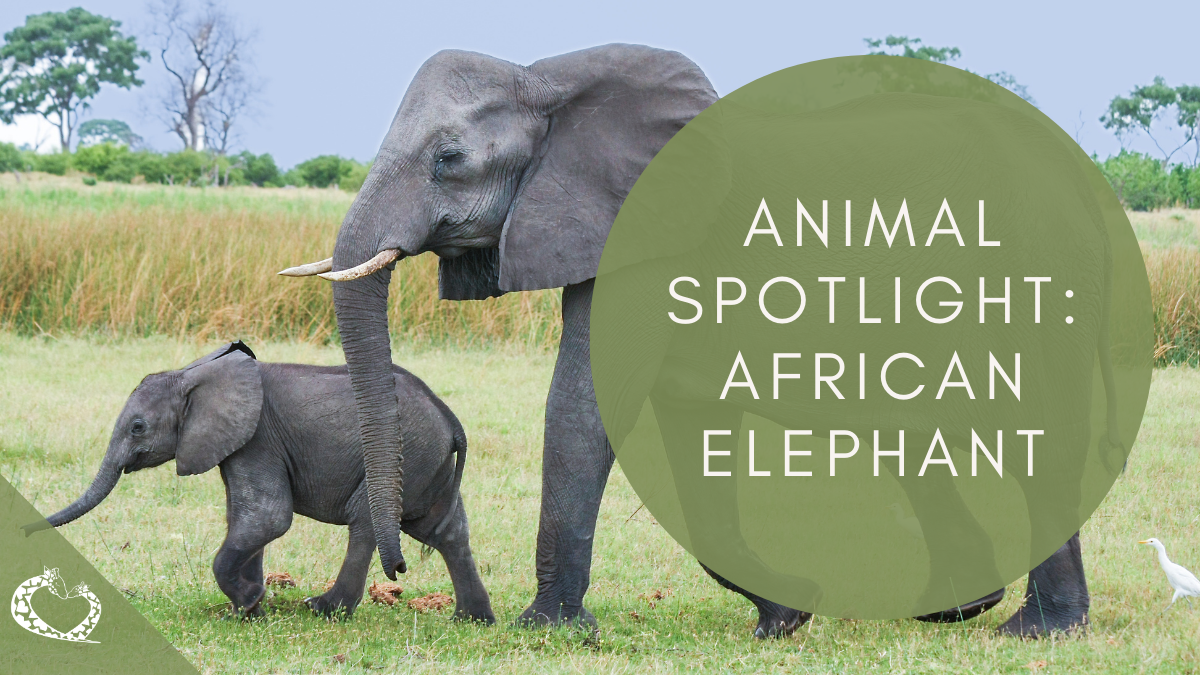Have you ever gotten close enough to see the hair on a baby elephant’s body? Reid Park Zoo guests have, three times now!
Sundzu and his mother, the herd’s Matriarch Litsemba, came to Tucson in 2012 when he was just one year old and still nursing. He wowed guests with his curious nature and large eyes.
Only two years later, in 2014, Sundzu’s little sister was born in the Reid Park Zoo on Tucson’s birthday, and she immediately stole the show! Newborn Nandi always wanted to be around all the other members of the herd, which included her Aunt Lungile, her mother, her big brothers and her almost 13,000- pound Dad, Mabu. Nandi has been adventurous from the start and didn’t hesitate to jump right into the mud wallows with her much larger family members. Luckily she was never smushed. Her family has always taken great care of her. And now she’s a big sister!
On April 6, 2020 the Reid Park Zoo welcomed their second “real native Tucsonan” African elephant calf, Mapenzi. Her birth brought joy and hope to Tucson during a very difficult period of the Pandemic, and she’s been continuing her good work ever since.
Just about 30 minutes after her birth, Penzi somehow coordinated her legs to stand tall enough to nurse from Tucson’s largest Mom. Penzi, like all babies, learns by observing her family, and she has been on a steep learning curve since April of last year. A very important lesson she mastered early is that the elephant care team gives great scratches and tasty treats! You’ll usually see Penzi at her mother’s side, or just a couple trunks’ lengths away from Nandi, watching her closely. It’s safe to say Nandi is her little sister’s favorite elephant. And Nandi has shown Mapenzi everything from walking backwards, to foraging for treats in the puzzle feeder walls, and just last week, the most advanced move yet: How much fun it is to slip and slide down the hillside into the moat!
The Reid Park Zoo’s visitors and online followers have endless opportunities to observe and learn about elephants and how a breeding herd grows and lives together. The elephant expansion was carefully built with green technology, and with one thing in mind: what elephants need to take care of themselves and engage in natural behaviors. There are acres of varied terrain with shade for foraging, mud wallows, a gigantic 98,000 gallon pool and just the perfect mix of dirt mounded for dust bathing in several areas. Also, the keepers provide enrichment – ways to keep the herd physically and mentally active every day by adding variety and surprise to this beautiful habitat. For example, they might bring a in new log or tree trunk (fun for stepping over or dragging around, or stripping the bark from it for a snack) that wasn’t there yesterday, or maybe a new type of treat hidden in surprise locations. Sometimes Mother Nature helps out too!
The Reid Park Zoo elephant ambassadors are safe and well cared for by their rockstar animal care staff and adored by the public. However, their cousins in the wilds of Africa need our help preserving their habitat and also our protection from poaching.
The Reid Park Zoo works in partnerships around the world and at home to protect wildlife and wild places. A portion of your admission and memberships dollars are set aside to help with in-situ conservation. An important part of the Zoo’s conservation funding goes to the Tanzania Conservation and Science Program to support Dr. Charles Foley’s work with the African Elephant. Also, the Zoo is happy to provide guests with information about an organization called 96-elephants. This group supports efforts against elephant poaching, and their name is based on a sad statistic: on average, 96 elephants are killed every day to support the ivory trade.
Mabu, the Zoo’s huge and majestic bull elephant, has recently been heard trumpeting the news that on March 25th The International Union for Conservation of Nature updated their listing of African elephants. There is new consensus by scientists of the IUCN to list two groups of African elephant species. The African savanna elephant is endangered and the African forest elephant is listed Critically Endangered. Many in the field believe this new distinction will help focus and strengthen conservation efforts locally and internationally.
There is still much work to be done.
And this is how the Reid Park Zoo’s Pathway to Asia expansion is for the greater good. The expansion will connect guests with even more wild animal ambassadors in gorgeous naturalistic habitats that bring out each animal’s natural instincts and behaviors. The Zoo is an accredited member of the Association of Zoos and Aquariums, and in 2019 AZA Zoos and Aquariums sent $230 million to in-situ conservation around the world. With your help, RPZ will continue growing their conservation funding.
Why not join in? Come enjoy the coolness of shade trees as you relax and observe Litsemba’s amazing breeding herd this summer.
Hot Tip: Reid Park Zoo elephants love to swim when it rains. This summer Mapenzi is sure to work up the nerve to join the rest of the herd in their pool. It will be a joy to see her little trunk, kind of like a periscope, come up out of the water to breathe!


Such a precious story! We surely love our elephant family!
LikeLiked by 1 person
Thanks for reading, Judy! We hope to hear from you again soon!
LikeLike
Thanks for the great info and updates on Semba’s family herd. What great news from the IUCN about recognizing two elephant species, savanna and forest! I can’t wait for the little baby to learn to swim.
LikeLike
Thank you, tucsontara…..those in the know say the HEAT will help her overcome her reluctance!
LikeLike